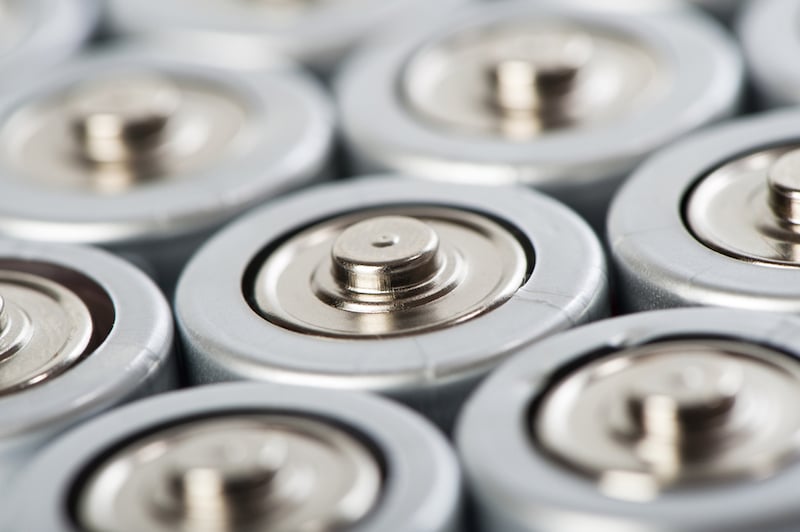The energy storage market is rapidly becoming one of the most exciting spaces in the renewable arena. There have been various suggestions made about the size and structure of batteries to be used in grid scale storage, but there seems to be little doubt about the future demand for the storage itself.
Energy storage paired with solar is eligible for the federal Investment Tax Credit (ITC), according to IRS Private Letter Ruling 121432-12. There are certain caveats; first, the systems have to be installed at the same time. Second, at least 75% of the electricity used to charge must come from the solar system.

Finally, the ITC is reduced in proportion to the amount of energy used to charge it that does not come from the solar system. For example, the owner of a $100,000 storage system that gets 20% of the energy used to charge it from the grid would be able to claim an ITC of $24,000 ($100,000 * 30% ITC * 80% of energy from solar).
Projections through 2020 show distributed solar increasing its share of the power market, and energy storage will grow alongside it. However the ITC is slated to revert from 30% to its pre-2006 levels of 10% for commercial investments and zero for residential investments at the beginning of 2017 unless the US Congrss takes action to prevent it.
While no one can predict whether the overall impact of the ITC reversion will slow solar’s long-term development. The coming step-down in federal tax credits for solar energy production will cast a shadow over the industry in 2017.
Until clean energy is properly valued in the US, legislation-based storage procurement mandates and solar incentives such as the ITC will remain necessary to support low-carbon technologies like solar and solar-plus-storage. Matt Roberts, executive director the US-based Energy Storage Association (ESA), said that he would always favour market-based solutions over incentive-based ones. However, he said, there is a total lack of a market structure that puts value on non-polluting and potentially more efficient technologies over fossil fuels.
“I think it’s positive that it’s moving forward. We’re not proponents of mandates, we’re proponents of market reform, but to some extent if the market’s not ready, then maybe different mechanisms need to be used”, Roberts said. “I’ll be the first to say, if it has to be subsidised and have all these things enforced upon the industry, then it’s not correct”.
Many experts and much of the public see it as necessary to have the ITC until we develop an inherent value for renewables. “I think that there is still a need for the ITC because once again the market hasn’t been sorted out. If we value clean energy, we have to value it appropriately. If clean energy is the goal, then how come I get paid the same kilowatt as if I made it from coal?” Roberts said.
Whether it’s through tax relief or another incentive, we need to support the creation of value in clean energy for the industry and the environment. As stated, energy storage at present can benefit from the ITC if it is paired with solar at the time of installation and if 75% of the electricity that passes through the system is generated by renewables onsite. According to Roberts, this categorisation is flawed. “In that scenario it’s as if it’s an inverter, it’s just a piece of the system. So storage is viable for it in that way, it’s not viable for it directly, which actually is frustrating to me because that’s a silly distinction to make”.
[contact-form-7 id="3204" title="memoori-newsletter"]
There is potential that the change in tax relief might temporarily benefit the energy storage industry, if it means new PV system owners will self-consume their electricity. In Germany, for example, the rate of addition of new PV systems to the grid has slowed considerably as the standalone solar feed-in tariff has fallen, but as the economic value of PV now lies in system owners using the electricity they generate themselves, many have found storage to be the most effective way to do that.
Roberts said that while there was a good chance a drop in solar incentives might mean an increased uptake of storage in the US too, he would rather see the ITC continue in the short term and then see electricity market structures reconfigured to make a level playing field between the different types of generation.
He did also say, however that while he would rather see the ITC remain, or be gradually lowered rather than cut heavily in one swoop as it will be next year, solar development has gained enough traction in the US and had enough success in cost reduction that the industry would likely remain strong, although it would face challenging times.



